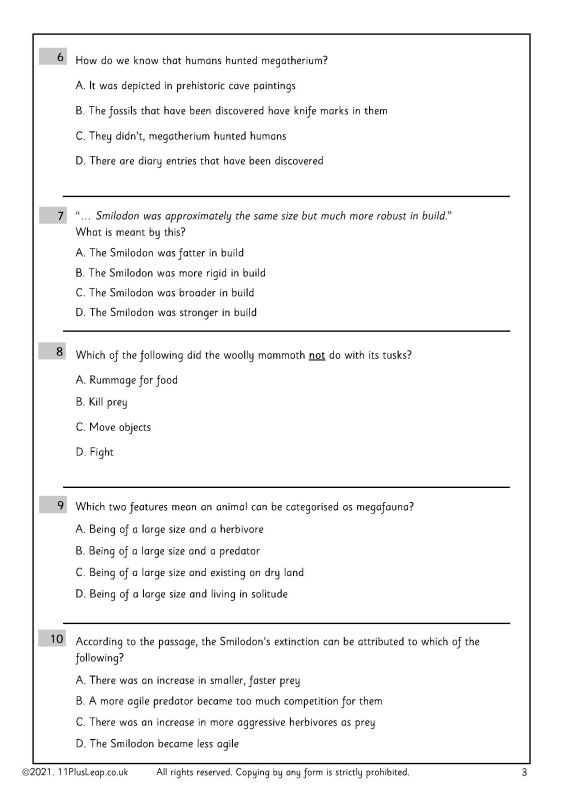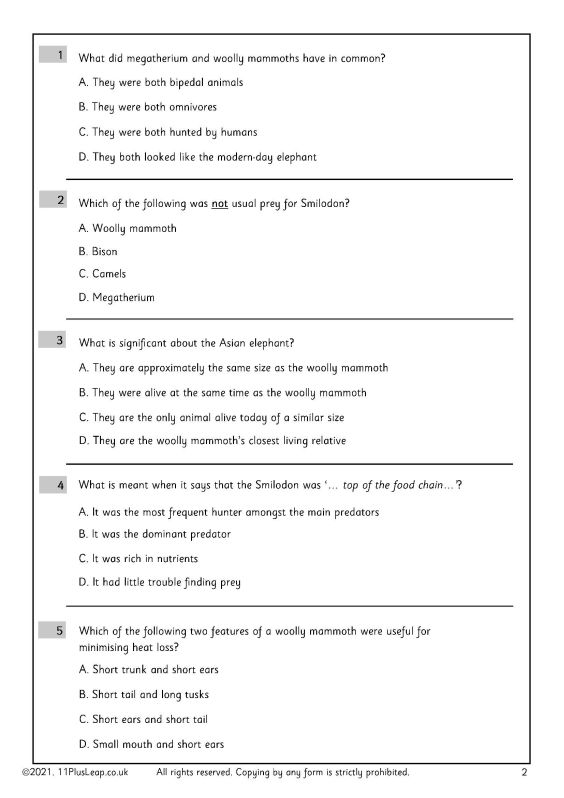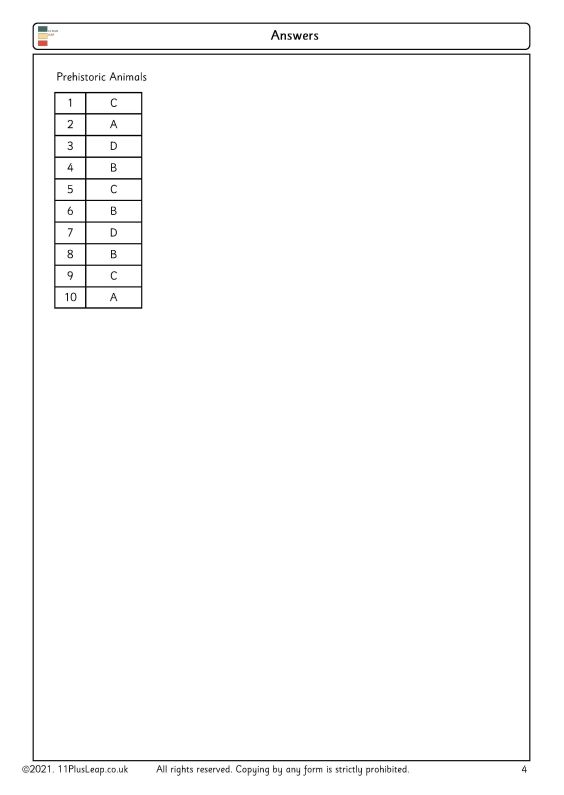Another week focusing on comprehension!
Now that we have know our students better and everyone is feeling more settled, we have hit the big bad world of comprehensions. What (we hope) they will come to find is that comprehensions are not actually that scary! We strive to use interesting and engaging topic ideas for our comprehensions so that the work we create is valuable, authentic, and educational but still fun. So now it’s time that we start giving advice on the best strategies for tackling comprehensions.
It is quite common for students to dislike comprehensions because either they struggle with them or they just do not enjoy them. The best way to understand this is by developing an understanding of why they struggle with them or why they dislike them. Firstly, very few children have the ability to read a passage (sometimes spanning two pages of A4) quickly and fully understand everything that they have just read.
Secondly, there is a common habit of prioritising the wrong aspects of the exercise. For example, some children fixate – and subsequently waste far too much time – on making sure their pronunciation of names and place names is accurate. While this is beneficial in many other ways, it is a complete waste of time in the context of comprehensions. Other children waste time underlining certain parts of the passage that they feel might be important. First and foremost, this is impossible to do without having already read the questions first. We also always find it more useful for a child to read the passage through and simply focus on what is being said in it, without worrying about what might be important later on. This way, they have an understanding already before they even reach the questions.
Then there’s the fact that very few children actually enjoy comprehensions! There is, unfortunately, nothing that can be done about this. The sheer nature of having to answer these questions the same way they have to in school is enough to make comprehensions utterly unappealing. As I said earlier, we try to use interesting topics that might be of interest to the children in hopes that this might make it more interesting for them. Perhaps we are trying in vain but we believe it’s more than worth a shot! Luckily, all comprehensions (whether it’s the CEM or GL transfer test) use the multiple choice format which is always preferred by students.
Our key tactic with answering comprehension questions is as follows:
Read the question carefully to ensure you know exactly what is being asked. Then, before jumping to conclusions or flicking back to the passage, read all the options carefully first, giving yourself every chance to consider each possible answer. We always recommend that you then go back and refer to the text every time before selecting what you believe to be the right answer. This means that you can be sure and confident in your answer.
There is one easy quick way to rule out some answers. Usually, a question has at least one answer that is definitely incorrect and can be disregarded.
As always, we’ve attached a little exercise. Maybe go through the tips we’ve raised in this blog post with your child and see how they manage the comprehension on prehistoric animals. Good luck!



